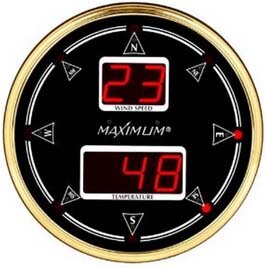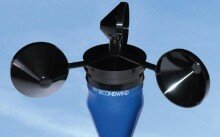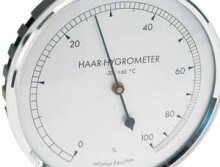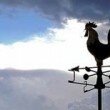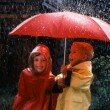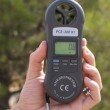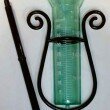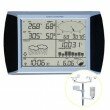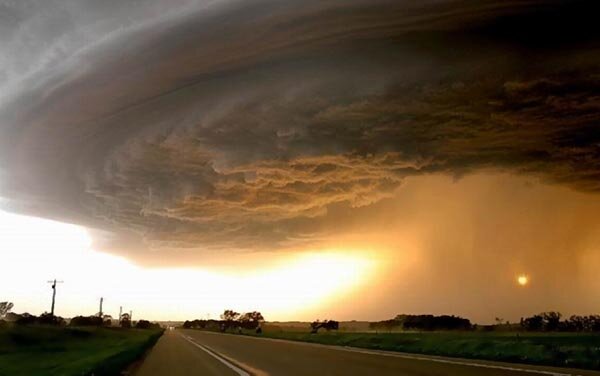
Long before the 11 pm weatherman and Doppler radar, people had to rely on their observational abilities to forecast upcoming weather. For many of our ancestors, their lives depended on their ability to accurately predict upcoming weather events. Chances are, you will never be in a situation where your forecasting ability will determine your survival, but hey, you never know. In this article, we will look at a few different ways you can predict upcoming weather patterns without turning on the local weather cast.
The first thing you can do to predict weather for the upcoming day is check the grass for dew in the morning. It is usually best to do this right after the sun comes up. If it is cloudy or windy, the grass will likely be dry. This indicates possible bad weather. If the grass is wet, chances are you are going to have a dry day.
The second thing you can do to forecast the days weather is to check the wind direction. If the wind is blowing east, that could be warning sign that a storm is on the way. If the wind is blowing west, storms are unlikely. If you’re unable to tell which way the wind is blowing, you can do the old golfer trick of throwing a few blades of grass in the air and seeing which way the wind takes it.
Another trick people have used for generations to predict upcoming weather is to remember the rhyme “Red sky at night, sailors delight. Red sky at morning, Sailors take warning”. In general, if the sky is red in the morning, this is an indication that dryer air has moved past you towards the east and moist air is coming in behind you from the west, likely bringing rain or bad weather with it.
There are variety of methods one can use to help predict upcoming weather. Watching cloud patterns, observing animal behaviors, detecting scents in the air, and various other method have been used by people for hundreds of years. In general, all weather predictions make use of knowledge about air pressure changes. Once you learn how to recognize these changes, you will be able to these and other methods to make predictions on the weather.




